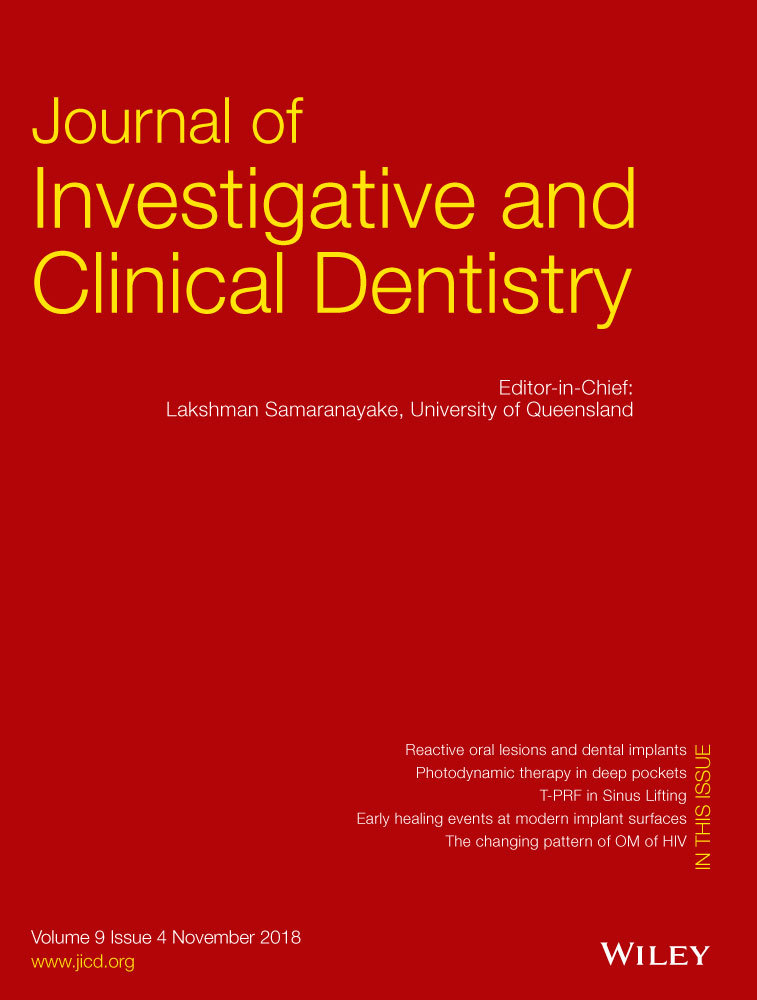Morphological differences in lower facial third soft tissues in children with and without gingival smile: A cross-sectional comparative study
ABSTRACT
Aim
The aim of the present study was to establish the relationship between lower facial third and smile type in silent mixed-dentition patients.
Methods
This cross-sectional study, approved by the ethics committee, was conducted in a population of 2760 children, from which a convenient sample of 198 was included: 75 with gingival smile (GS) and 123 without GS (1:1.64). Clinical examination and videos were taken. Occlusal relation, overjet (OJ), overbite (OB), superior lip length at rest, superior lip length while smiling (SLLS), lower facial third height (LFTH), mid-facial third height (MFTH), clinical crown length, and lip lift ability (LLA) were measured by two calibrated examiners (intraclass correlation coefficient: ≥.95). A normality test and demographic and bivariate analyses were undertaken. A non-paired Student's t test was carried out in order to observe statistically-significant differences between variables.
Results
There were no differences between sexes or associations between LFTH and GS. Statistically-significant differences (P < .05) in MFTH, SLLS, LLA, OJ, and OB were found. A logistic regression model showed that the sum of LLA (odds ratio [OR]: .65, 95% confidence intervals [CI]: .50,.83]) and OB (OR: .88, 95% CI: .82, .93]) were GS predictive factors in 81.3% of cases.
Conclusions
OB and LLA are GS predictive factors in prepubertal participants. There is no relation between LFTH and GS.
6 CONFLICT OF INTEREST AND SOURCES OF FUNDING STATEMENT
This research had no declared conflict of interests and gives the rights to publish the information contained herein to the Journal of Investigative and Clinical Dentistry. This study was funded by resources from researchers.




